Maringhini A, Amuso M, Raimondo M, Grasso R, Ciambra M, Baccelliere P, Cottone M, Randazzo MA.
Ital J Gastroenterol. 1991 Feb;23(2):77-80.PMID: 1747508
Abstract
Extrinsic compressions of stomach or duodenum (ECSD) are occasionally found during endoscopic examination. Ultrasonography is usually performed in order to explain the significance of this feature. We have prospectively assessed the prevalence of ECSD and the diagnostic role of US in this context. ECSD were found in 37 out of 6604 gastroduodenoscopies. An abdominal US was performed after endoscopy in all these patients. The extrinsic compressions were in the gastric anterior wall in 7 patients in the gastric posterior wall in 10 patients, and in the lesser curvature in 9 patients and in the duodenum in 11 patients. In 20 patients the compression was due to neoplastic lesions, in another 15 non neoplastic conditions were found (hepatomegaly, splenomegaly, gallbladder hydrops, pancreatic pseudocyst, vascular malformations). Ultrasonography was demonstrated to have an elevated sensitivity (87.5%) and an elevated specificity (100%) when technically adequate. We conclude that extrinsic compressions of stomach and duodenum detected at endoscopy are frequently associated to neoplastic lesions. Abdominal ultrasonography is an accurate tool, when technically adequate, as an initial screening test for such lesions. Endosonography, CT scan or other invasive tests must be performed in doubtful cases.
 Alberto Maringhini
Alberto Maringhini
 Alberto Maringhini
Alberto Maringhini

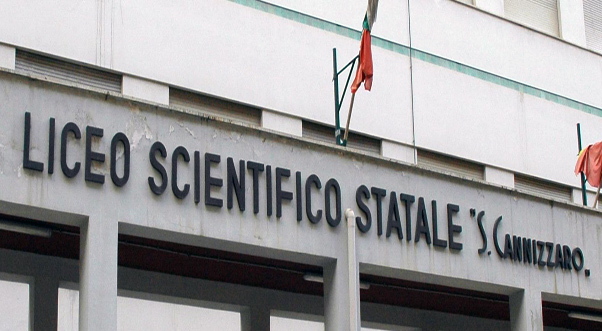
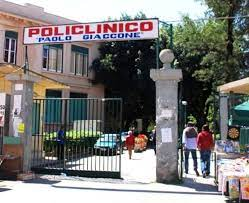

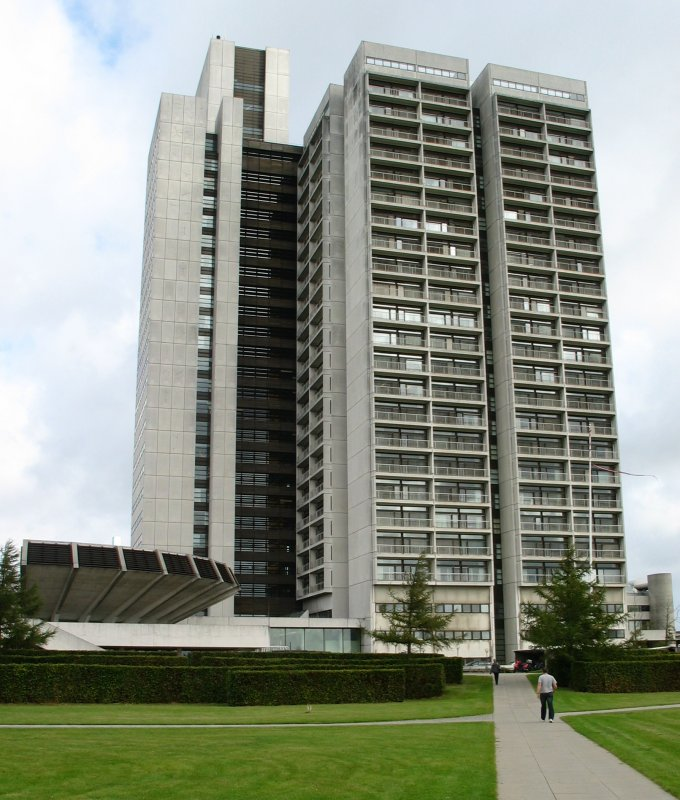
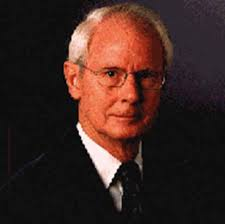
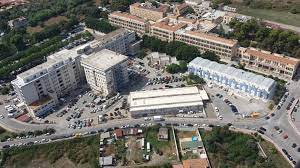
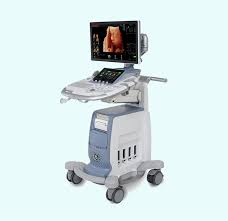
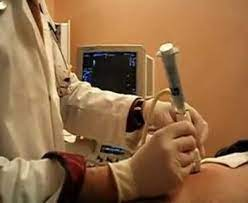
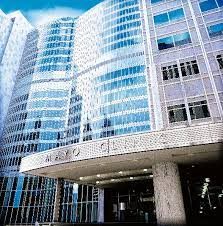
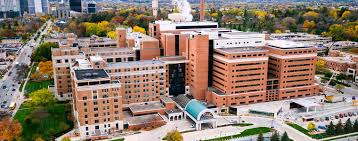

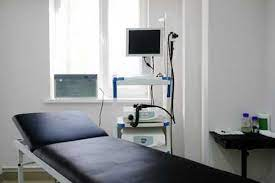


Condividi su